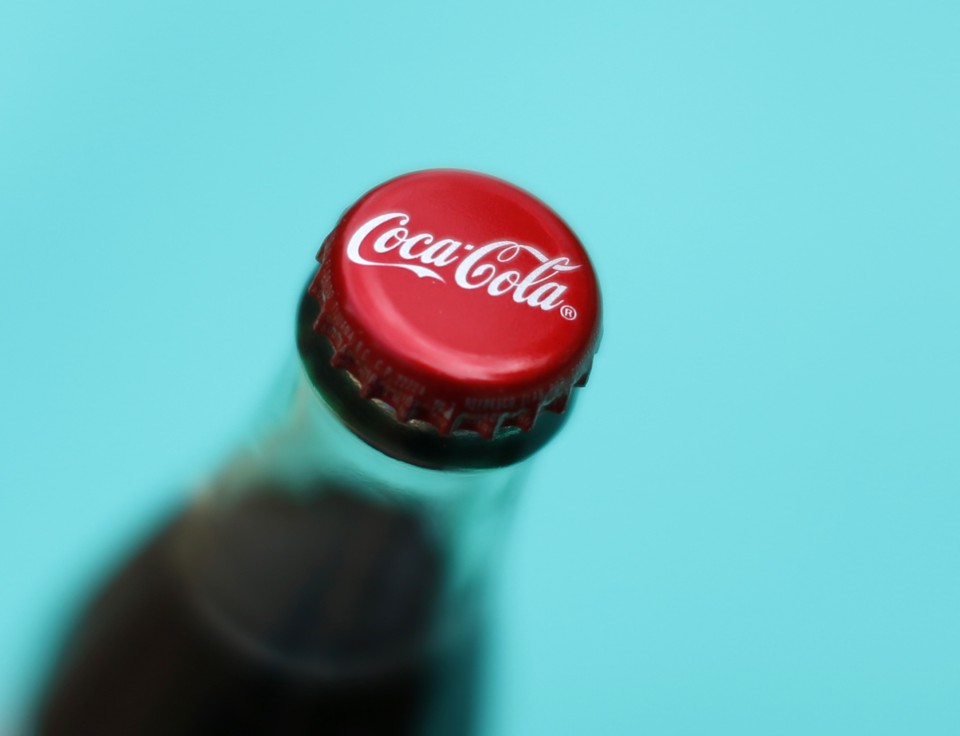The Messy Relationship Between Food Stamps and Health
Several studies show beneficiaries of the program are more likely to be obese. But the answer is not to cut benefits, some academics say.

Among other programs President Trump proposed slashing in his budget blueprint Tuesday, the Supplemental Nutrition Assistance Program, previously known as the food stamps program, would lose 29 percent of its funding over 10 years.
Conservative groups praised the budget proposal’s combination of boosted defense spending and cuts to “domestic programs that are redundant, improper, or otherwise wasteful,” as Romina Boccia, a fellow in federal budgetary affairs at the Heritage Foundation, said in a statement. Liberal groups, meanwhile, said it would “harm America's most vulnerable people and make matters worse for those who can least afford it,” as Felicia Wong, president of the Roosevelt Institute, a progressive think tank, put it.
The debate about food stamps largely centers on whether the program promotes dependency. In defending the proposal to The New York Times, White House budget director Mick Mulvaney said, “What we have done is not try to remove the social safety net for the folks who need it, but to try to figure out if there are folks who don’t need it and that need to be back in the work force.”
But there’s one thing about SNAP that even its liberal supporters would acknowledge is a weakness: There’s a lot of evidence that the program doesn’t help its recipients achieve or maintain a healthy weight.
To name just one researcher who has uncovered this trend, Cindy Leung, a nutrition researcher at the University of California, San Francisco, found teen and adult food-stamp recipients had larger waists and higher levels of obesity than people who aren’t in the program, even when controlling for income. More than a quarter of children live in households that currently receive SNAP benefits, according to Leung’s work, and while she found that kids in the program are not more likely to be obese, she did find that children in the program consumed more sugar-sweetened drinks, processed meat, and high-fat dairy than kids who didn’t live in SNAP households.
Granted, other papers have found no association between food stamps and gaining weight. But there are other worrisome findings about SNAP’s health impacts. The American Cancer Society’s Binh T. Nguyen found that SNAP participants drank more sugar-sweetened beverages than people who are eligible for SNAP but not enrolled in it. And a USDA report published last year found that 20 cents of every SNAP dollar was spent on sweetened drinks, desserts, salty snacks, candy, and sugar.
Still, Leung says her work should not be interpreted as a call for cutting SNAP benefits.
For one thing, her studies and others can’t quite determine whether the elevated odds of obesity are because of the SNAP program itself or because the people who enroll in SNAP are the kinds of people—stressed-out, poor, less educated—who are more likely to be obese for unrelated reasons. There aren’t many differences between the food purchases of SNAP households and non-SNAP households. Food-stamp recipients might be buying soda, in other words, because Americans like to buy soda.
Furthermore, Leung has found that people who apply for SNAP tend to be at the ends of their ropes. Usually, they’ve exhausted help from their families or churches. Many families in the program run out of food before the end of the month. That means SNAP recipients might be stocking up when they have funds and stretching the rest of their SNAP budgets. As other studies have found, unhealthy food is cheaper than healthy produce.
“If you’re low-income, when you’re going to the supermarket, you might see things on sale, and soft drinks and junk food are promoted [in stores],” Leung said. “The person might think, ‘My family deserves a treat,’ or ‘I’m going to buy this soda because it’s cheap.’ I don’t think it’s because they don’t care about their families.”
Another study by Nguyen found that, indeed, SNAP participation was associated with obesity. But an interesting thing happened when she looked at just those SNAP participants who were “food insecure,” or had serious problems making sure they could afford enough food: They had better diets and were less likely to be overweight—especially the white individuals.
In the paper, Nguyen posited this could be because Hispanic and African American SNAP participants are more likely to live in areas where healthy food is scarce. With their SNAP benefits in hand, food-insecure white people could finally go and buy fruit and vegetables from their neighborhood stores. But people who live in blighted neighborhoods don’t have that option.
Even though the program is imperfect, “SNAP is our first line of defense against hunger,” Leung said. Cuts to the program, she says, “would hurt a lot of families.” In 2016, SNAP helped 44 million Americans.
Instead, if policy makers are concerned about the health of beneficiaries, she thinks it could be tweaked in various ways. Leung points to programs like the Healthy Incentives Pilot, a small experiment in Massachusetts that gave SNAP participants 30 cents for every dollar they spent on fruits and vegetables. The incentive helped increase fruit and vegetable consumption by 25 percent. Leung also recommends prohibiting the use of SNAP benefits for soda. That’s a controversial measure—it could feel paternalistic, among other things—but one study she performed found that most SNAP participants would themselves rather be in a program that combined bonuses for buying healthy food and the elimination of soda from the program.
Finally, Leung’s studies highlight a less-talked-about upside to the program: SNAP participants report feeling less stressed about getting food on the table.
And given that stress itself can lead to obesity, that’s a health benefit that shouldn’t be overlooked.
No comments:
Post a Comment